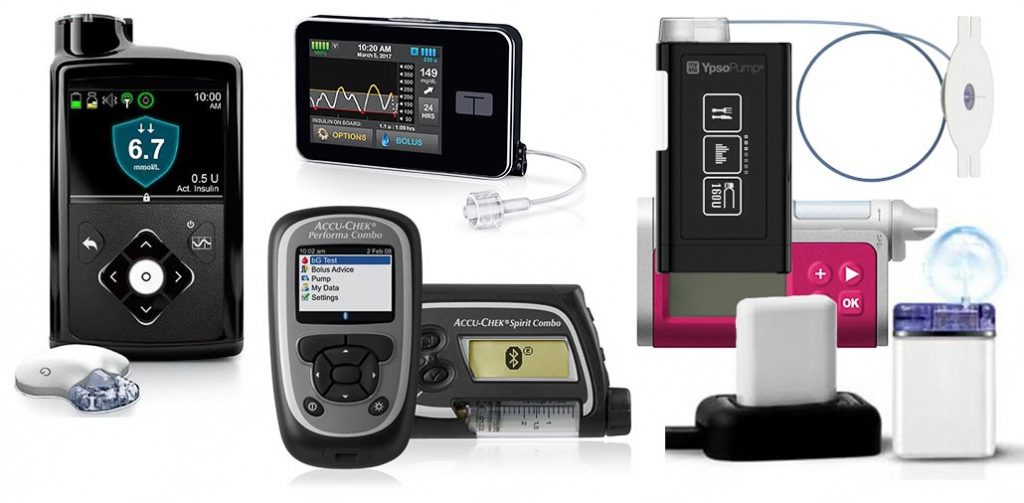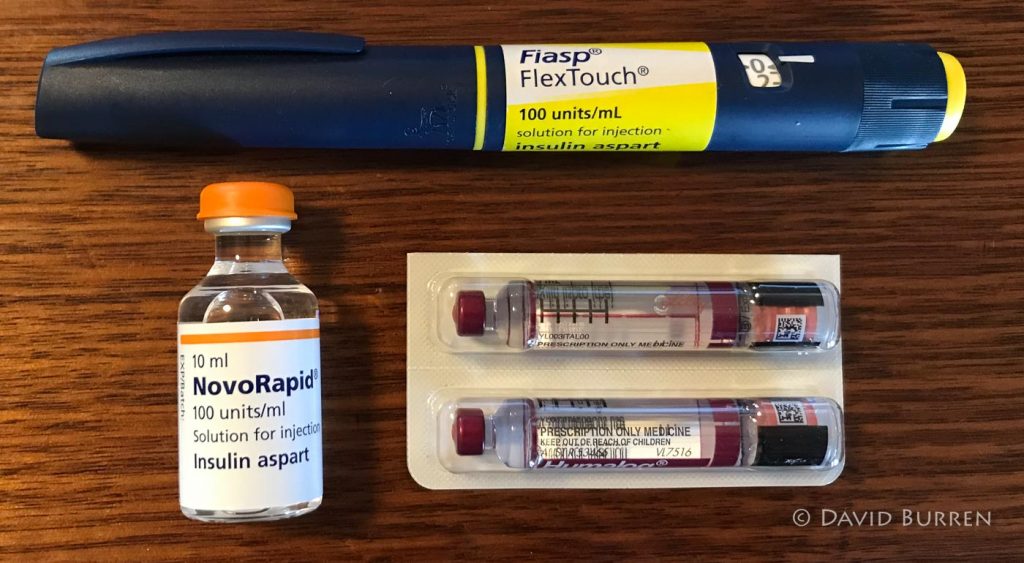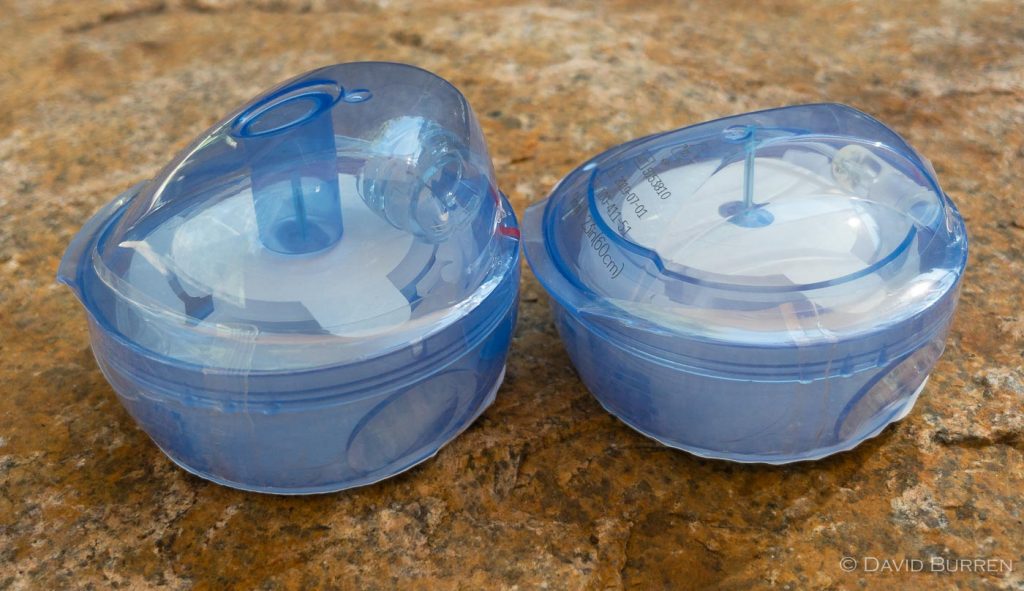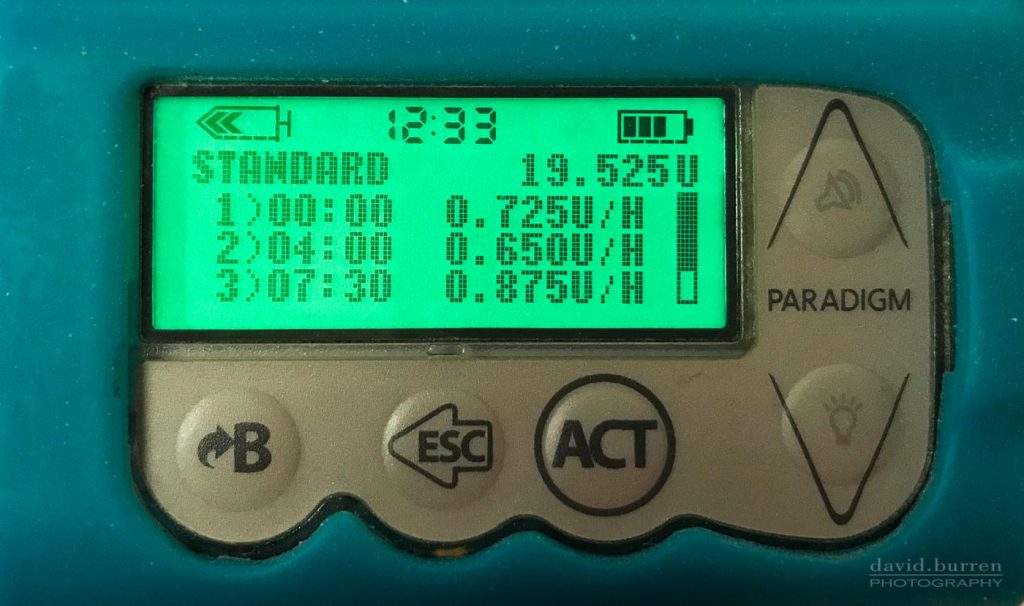Insulin pumps in Australia – August 2018
NOTE: this article was superceded in November 2018. Please check out the updated article! It’s time for another update as to the insulin pumps on the Australian scene! There have been a few developments lately, with new pumps introduced along with updates to the Health Department’s Prostheses List. This article is our latest summary of …






